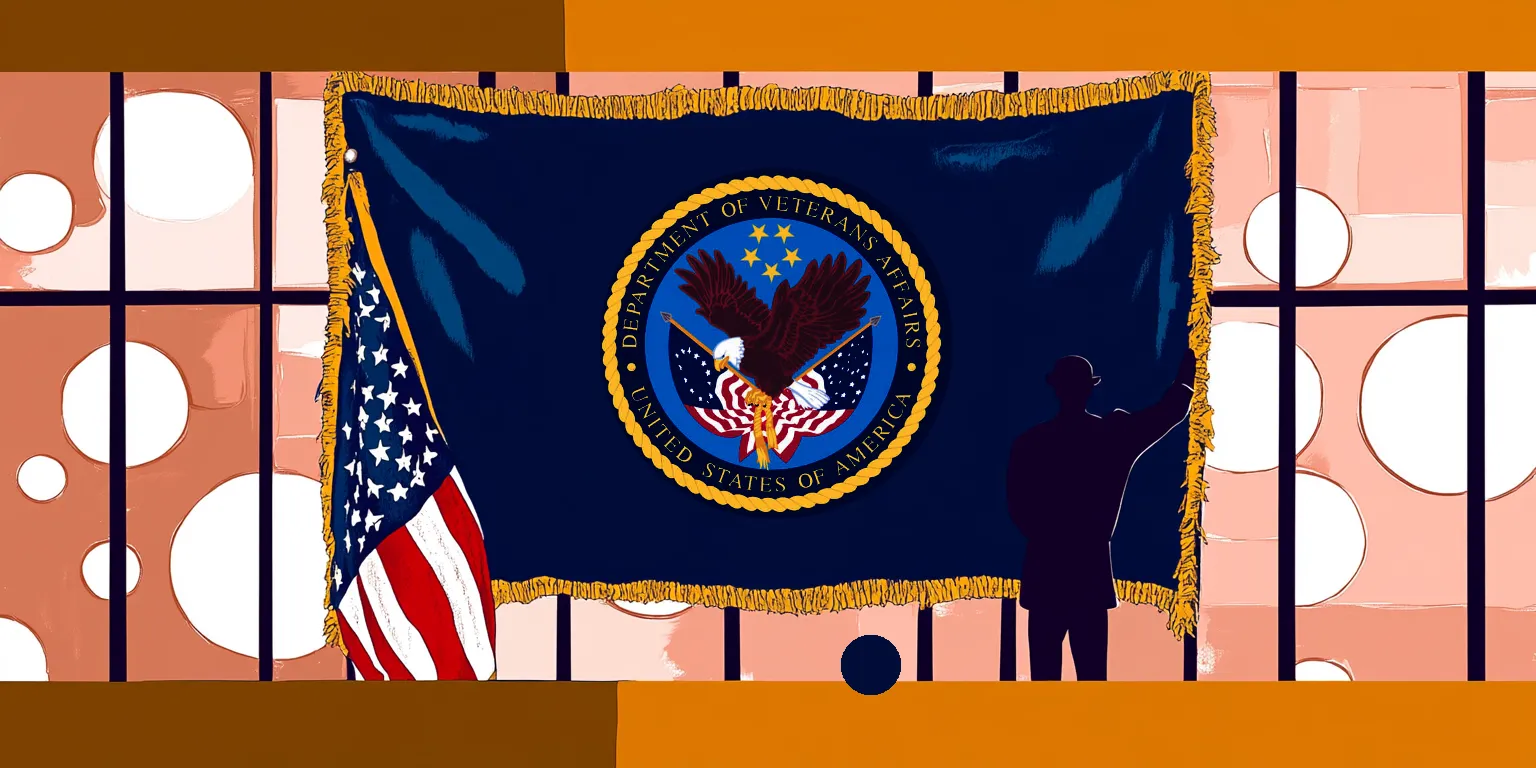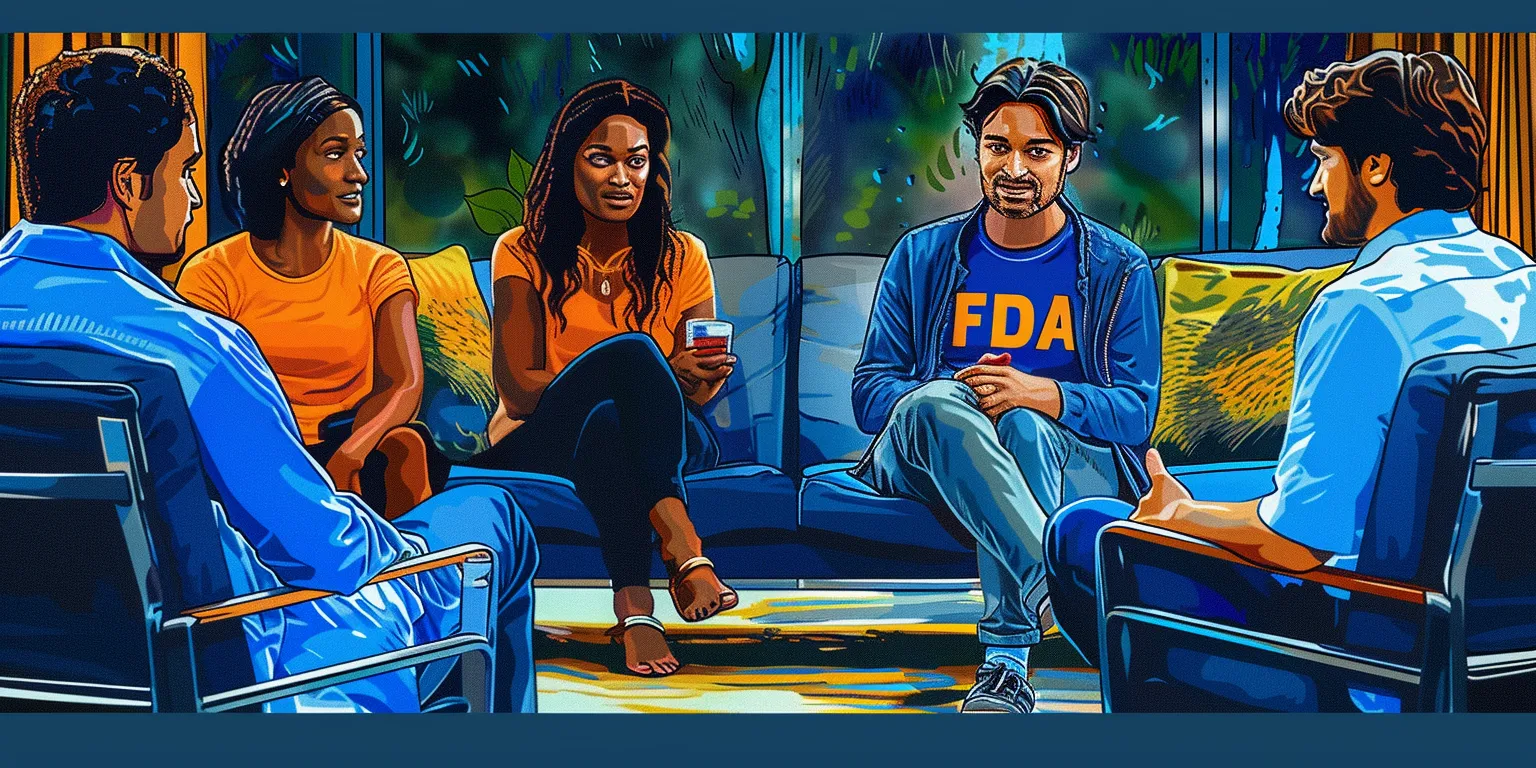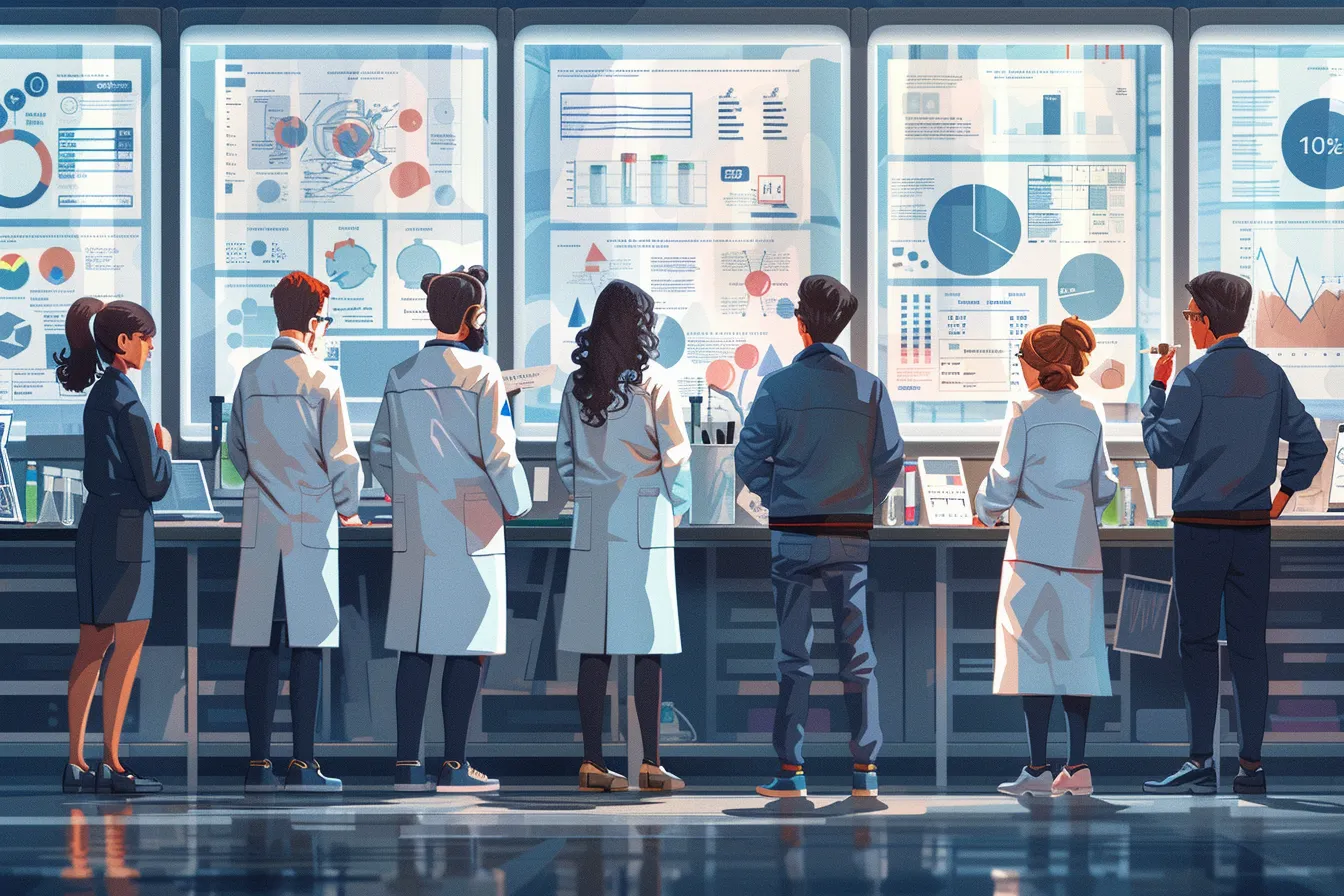On a beautiful and balmy day in New York City, Charley Wininger, LP, LMHC, joined 75 strangers for an evening of intention-based bonding. Fueled by MDMA (aka the “love drug”), Charley was on a mission. His goal wasn’t just to have a little MDMA and enjoy the sun. Instead, he wanted to use it to build new bonds, transform strangers into friends, and explore what, if any, potential MDMA has to forge deeper connections.
If you’re reading this, you may already know that MDMA has a long history as a tool for self-growth and self-love. It is also famous for its ability to aid in couples therapy and pair bonding. There’s also rapidly growing evidence that it may be a powerful treatment for post-traumatic stress disorder (PTSD). But what about other uses? Can MDMA find a place outside of the clinical world as a tool to help us fight loneliness and make friends? We asked Charley about his experience utilizing MDMA to strengthen social bonds.(1)
MDMA is as interesting as it is controversial. Popularized by the late Alexander Shulgin (inventor of other psychedelic compounds like 2C-B), MDMA was originally used as a tool for couples therapy in the late ‘70s and early ‘80s before it became known for the club scene and was swept up in the War on Drugs. It was criminalized in 1985. MDMA exhibits a range of intriguing properties, including gifting users with temporarily enhanced empathy, increased sociability, a deeper appreciation of music, and, of course, euphoria.(2)

These prosocial effects are the key to unraveling MDMA’s potential use as a friendship catapult. It helps expand the mind, and, importantly, the heart. So just how can we use MDMA to help us build extraordinary, non-romantic relationships? According to Charley, some important aspects of MDMA can really help us bond. For example, Charley says that “MDMA dissolves the ego temporarily and then helps open the heart,” which makes it particularly well-suited to support a sense of openness when getting to know a new person or group of friends. Charley says, “What better way to meet someone that you don’t know, but share values with?”
Keep Up with Uncensored Psychedelic Trends
Join our newsletter at Psychedelics Uncensored.
We respect and protect your privacy. By subscribing your info will be subject to our privacy policy . Unsubscribe easily at any time
Charley uses the aforementioned event he attended as an example of how this could work. He says, “You can use it to make connecting easier. We had 75 people in attendance, all communing together in nature with like-minded individuals.” He highlights one particularly interesting technique to engage with a possible new friend: an exercise where participants were asked to turn towards one another and “share something with their partner that they normally wouldn’t.” While some initially hesitated, Charley says it didn’t take long for people to “really get into it and start opening up.”
Charley discusses how MDMA can be a powerful tool for spurring these new connections because of its unique property as an entactogen (a class of drugs that promote empathy). Or, as Charley puts it, “MDMA temporarily opens the heart to increased feelings of compassion, empathy, and love.” This makes MDMA a great tool for meeting new people or building a stronger foundation with friends you already have.(3)
As Charley puts it: “This medicine [MDMA] can, thanks to its heart opening [properties], excel at bringing people together, strengthening friendship, and building better bonds.”
While Charley believes that large events like the one he attended can be great for making new connections, he does have some advice for using MDMA in smaller settings with close friends.
Safety First When Using MDMA
When using any psychedelics, one of the most important things to remember is safety. Chartley emphasizes the importance of “dosing and testing your drugs.” He recommends that psychonauts never take more than a standard dose of 120mg. He also puts some serious emphasis on testing your MDMA.
Testing is especially important today due to the prevalence of fentanyl contamination in street drugs, which you can read about in our article from Jamie Peck. MDMA test kits are readily available online, and ones like this kit offered by DanceSafe are inexpensive and can help you know exactly what compound you have. Charley also recommends purchasing fentanyl test strips. These strips can detect the presence of fentanyl, which a regular test kit will not always show.(4, 5)
Bring the Right People When Using MDMA

Charley points out that another important aspect of this type of experience is “having the right people with you.” He means that you should bring people who share your values and work well with others. He notes that, “You don’t want someone who is going to dominate the whole day, or who will get upset if they aren’t receiving attention.”
Adding, “When you put it out to people, they’ll either instinctively get that this is a great idea or they won’t. They’re probably not the right people for it if they have hesitations.”
Keep Up with Psychedelic Trends
Get uncensored psychedelic news, events, and updates. Join Psychedelics Uncensored!
We respect and protect your privacy. By subscribing your info will be subject to our privacy policy . Unsubscribe easily at any time
MDMA and Set and Setting

Charley’s next tip focuses on “set and setting.” Set simply means your mindset, goals, and intentions for the experience. The setting is the place, people, and atmosphere. According to Charley, “Group bonding events are likely best in your home or a park where you can have some privacy. The point is to spend the day together in a place that is safe, nurturing, and allows you to focus on your purpose.”
He adds that, “spending the day together like that can be life-changing. I’ve heard so many stories over the years of how people get together this way, and it just brings the friendship to a deeper level. You’ll always have this remarkable, perhaps ecstatic experience together that you’re going to share, and that can become core memories that last for years.”
MDMA and Respecting Your Friends
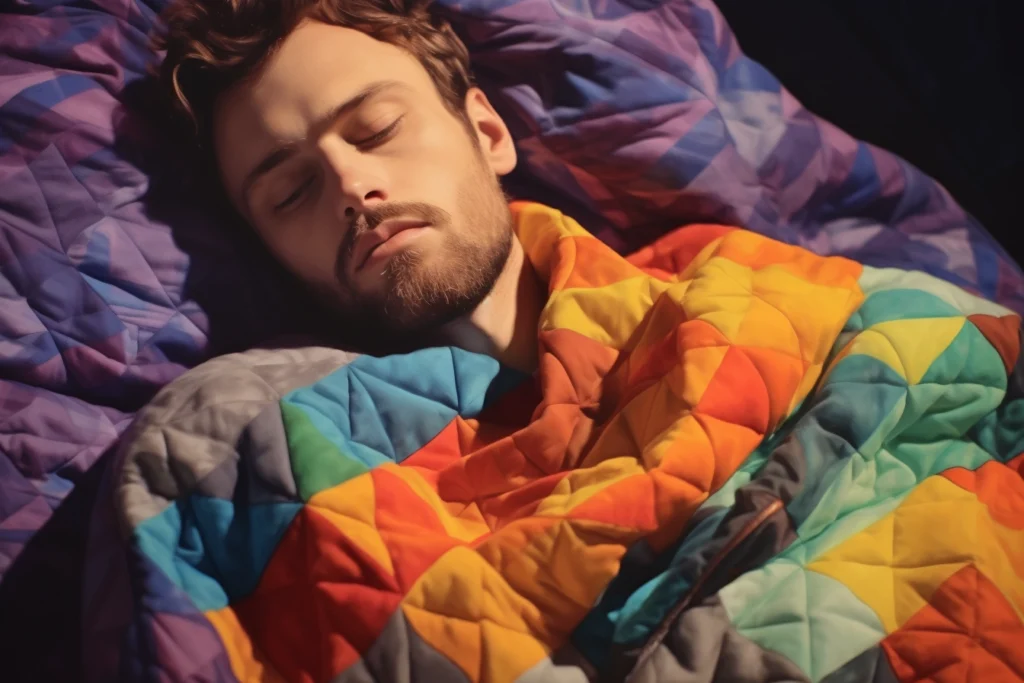
One critical piece of advice provided by Charley is the importance of respecting your groups, their experiences, and their boundaries. He mentions that some individuals may have radically different experiences with MDMA. For instance, “Somebody might go into deep emotional space and start crying about something. Let them. Too often, people want to intervene when they see a friend crying, but this can be problematic. Let them cry, feel, and experience what they need to at that moment.”
He takes that further, saying, “People view it [emotion] as a problem that needs to be solved. And what can I do to comfort this person so they stop crying? No, you want to let them cry. You want to encourage them to cry. And don’t even tell them, ‘Yes, you can cry.’ Instead, just let them be. If they want your support, if they want your comfort, they’ll let you know.”
Another example he uses is something he calls “cocooning.” Charley says, “When the medicine first comes on, some people might wish to cocoon (wrap themselves up in a blanket of something comforting) for a little while. That needs to be respected. It’s normal—a part of a medical journey for many people. Somebody might not want to be hugged, somebody might not want to be spoken to for a while, and these boundaries need to be respected.”
Have the Right Music With MDMA

Aside from psychedelics like 2C-B, MDMA may be one of the best compounds to enhance the music experience. With that in mind, Charley emphasized having the right kind of music to match your intentions. Saying, “music is great with MDMA. It can really set the mood. But it’s important to respect the group. For example, you may want to say, ‘Let’s set aside part of this day for dancing.’ And set that up at the beginning as a possibility, then people know that might happen, and when the time comes, they might be into it. You should also be open to letting the group pick and plan music ahead of time.”
Adding, “Otherwise, background ambient music can be delightful, but you don’t want it too loud. Then people can’t hear themselves talk. So, you have to be careful about the music. Again, the focus here is to have fun and get to know your friends on a new, deeper level.”
Bring Some Snacks
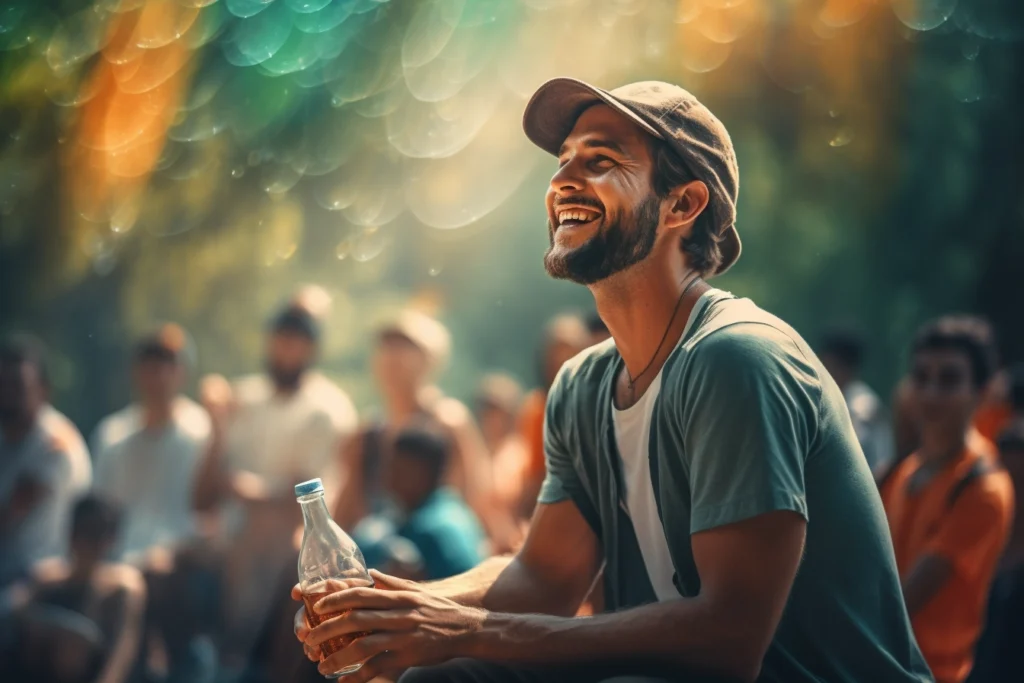
Charley’s final suggestion is about food. While many people may not feel hungry while on MDMA, it is important to have some snacks available. As well as plentiful water, and non-alcoholic drinks that contain electrolytes, especially if you plan on being outdoors and active. He recommends having fresh fruit and vegetables like bell peppers, cucumbers, and possible dips like hummus.
As with any drug, it is always important to approach MDMA use with a healthy amount of caution and respect. Know your personal limits, the doses that work for you, and stick with friends and settings that make you feel comfortable and safe. MDMA use is contraindicated for individuals taking MAOI and SSRI antidepressants, as well as those with a history of high blood pressure, liver conditions, seizures and some psychiatric disorders.(7)
In a world where authentic connections can sometimes feel scarce, exploring MDMA as a bridge to deeper friendships offers hope. Charley Wininger’s insights not only underscore the potential of this compound but also open a conversation about new ways to strengthen human bonds. As we stand on the precipice of a broader understanding of how psychedelics enhance human connection, we must remember the key principles Charley shares: safety, the right environment, respect for boundaries, and genuine compassion.
While the idea of using substances to foster connection might be controversial, one thing is clear: in our pursuit of meaningful relationships, it is the intention and care we put into our interactions that truly matter. So whether you decide to use MDMA or not, always strive for deeper, more genuine connections.
Sources

1. Mitchell, J. M., Bogenschutz, M., Lilienstein, A., Harrison, C., Kleiman, S., Parker-Guilbert, K., Ot’alora G., M., Garas, W., Paleos, C., Gorman, I., Nicholas, C., Mithoefer, M., Carlin, S., Poulter, B., Mithoefer, A., Quevedo, S., Wells, G., Klaire, S. S., van der Kolk, B., & Tzarfaty, K. (2021). MDMA-assisted therapy for severe PTSD: a randomized, double-blind, placebo-controlled phase 3 study. Nature Medicine, 27(6), 1025–1033. https://doi.org/10.1038/s41591-021-01336-3
2. Hysek, C. M., Schmid, Y., Simmler, L. D., Domes, G., Heinrichs, M., Eisenegger, C., Preller, K. H., Quednow, B. B., & Liechti, M. E. (2013). MDMA enhances emotional empathy and prosocial behavior. Social Cognitive and Affective Neuroscience, 9(11), 1645–1652. https://doi.org/10.1093/scan/nst161
3. Nichols, D. E. (2022). Entactogens: How the Name for a Novel Class of Psychoactive Agents Originated. Frontiers in Psychiatry, 13. https://doi.org/10.3389/fpsyt.2022.863088
4. MDMA Testing Kit | DanceSafe. (2019, August 2). https://dancesafe.org/product/mdma-testing-kit/
5. Eman. (n.d.). Fentanyl | DanceSafe. https://dancesafe.org/fentanyl/
6. Greene, M. (2014, February 13). MDMA Contraindications | DanceSafe. https://dancesafe.org/mdma-contraindications/
This material is not intended as a replacement or substitute for any legal or medical advice. Always consult a medical professional about your health needs. Psychedelics are widely illegal in the United States, and readers should always be informed about local, state, and federal regulations regarding psychedelics or other drugs.

 David Connell
David Connell